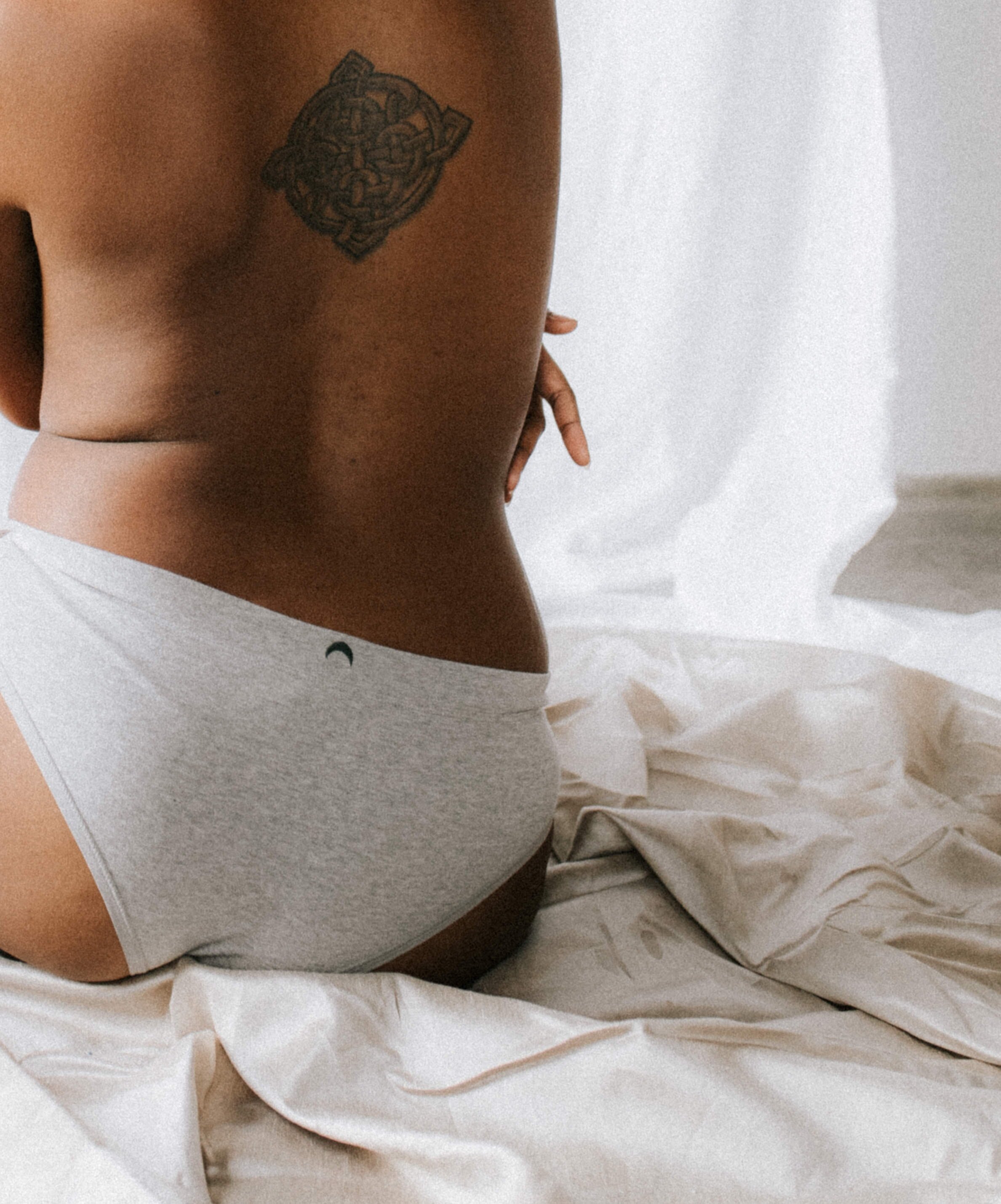Zero Waste your Period
Disposable pads and tampons;
Whats the problem?
So many of us will be used to having single use, easy to throw pads and tampons during our cycle. However, there is a lot wrong with these.
On average, a woman with use and throw away 10, 000 tampons or pads in her lifetime. A single period pad or tampon can take anywhere from 500 to 800 years to decompose due to the fact it, you guess it, contains plastic which is not biodegradable.
Not only that, but this article highlights the carbon footprint it has:
“the largest impact on global warming was caused by the processing of LDPE (low-density polyethylene, a thermoplastic made from the monomer ethylene) used in tampon applicators as well as in the plastic back-strip of a sanitary napkin requiring high amounts of fossil fuel generated energy. A year’s worth of a typical feminine hygiene product leaves a carbon footprint of 5.3 kg CO2 equivalents.”
This is a serious problem and one we have many solutions for.
What are some alternatives?
In the last several years, we have come leaps and bounds in the sustainable and zero waste space and menstrual products have not been left behind. From period underwear to menstrual cups, there are many choices we have now to decrease our menstrual footprint on the environment.
Menstrual Cups
This was the first, and most popular, zero waste option that seemed to come up when searching for alternate options. At first glance, it looks a bit strange and potentially difficult to work with but the reality is far from it.
Menstrual cups are effective products, especially for those who may heavier flow, and can be reused for years which makes them an excellent choice for the environment. They are made from medical grade silicone and can be recycled at the end of their lifetime – though most likely not through your kerbside bin!
Like tampons, menstrual cups do need to be inserted which some may not be comfortable with (don’t worry, more options below!). However, unlike tampons a cup can be worn for up to 12 hours and overnight with no risk of toxic shock syndrome.
Period Underwear
This is a big winner for me and a lot of people I know, especially those who are not comfortable with insertion. Comfortable, easy to manage – just put them on and off you go. They come in a variety of styles and cuts just like your regular underwear. What sets them apart is the layers of materials used to wick away moisture while some are also stain resistant.
The best part about most period underwear, is that at the end of its life it can be washed and the whole garment can be sent to textile recycling.
Reusable pads and liners
Like period underwear, reusable pads and liners are made from fabric and contain layers of material that wicks the moisture away. Some brands are made like period underwear where the entire garment is fabric and can be sent to textile recycling at the end of its life.
Other options have a waterproof layer and plastic buttons which you may need to disassemble to recycle individual pieces.
Buy organic and biodegradable
The last option is to try and find brands that are organic and biodegradable. Avoid products made of rayon and instead look for 100% cotton free from dyes and fragrances. Most of these will usually be biodegradable but try to ensure that the packaging does clarify that.
Overall, this is a last option as ‘biodegradable’ means different things to different people and companies. Additionally, these are still single use products. They are always great as a last minute resort if you are caught without other options!
Which one is right for me?
The bottom line is – whichever you feel most comfortable with. Someone who has never used a tampon is probably not going to be able to work with a diva cup. Meanwhile, someone who exclusively has used tampons might be able to jump to cups very quickly.
All the options above can be used repeatedly. While initial up-front costs may be more expensive, it’s important to remember the savings you make over time, and cumulatively, when not having to shell out every month or other month.
Let us know what your preferred zero waste option is when it comes to your period.
This piece was written by a Guest author (H Summers) for I’m Plastic Free, an online marketplace for plastic free and up-cycled products.
To read more about I’m Plastic Free or to view their period underwear range, made by Australian owned companies, click Here
Photo by Huha on Unsplash

